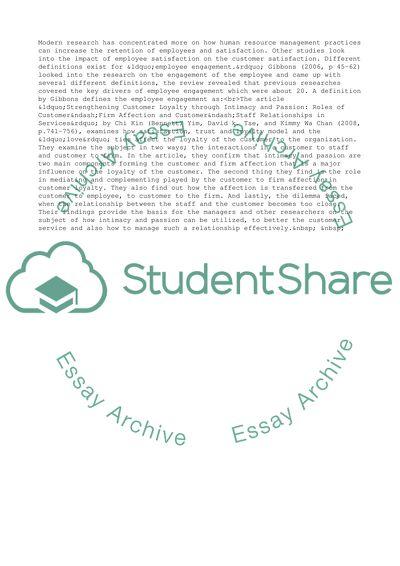Cite this document
(“Customer Satisfaction through Employment Empowerment in Hospitality Research Paper”, n.d.)
Customer Satisfaction through Employment Empowerment in Hospitality Research Paper. Retrieved from https://studentshare.org/management/1816337-customer-satisfaction-through-employees-empowerment-in-hospitality-industry
Customer Satisfaction through Employment Empowerment in Hospitality Research Paper. Retrieved from https://studentshare.org/management/1816337-customer-satisfaction-through-employees-empowerment-in-hospitality-industry
(Customer Satisfaction through Employment Empowerment in Hospitality Research Paper)
Customer Satisfaction through Employment Empowerment in Hospitality Research Paper. https://studentshare.org/management/1816337-customer-satisfaction-through-employees-empowerment-in-hospitality-industry.
Customer Satisfaction through Employment Empowerment in Hospitality Research Paper. https://studentshare.org/management/1816337-customer-satisfaction-through-employees-empowerment-in-hospitality-industry.
“Customer Satisfaction through Employment Empowerment in Hospitality Research Paper”, n.d. https://studentshare.org/management/1816337-customer-satisfaction-through-employees-empowerment-in-hospitality-industry.


